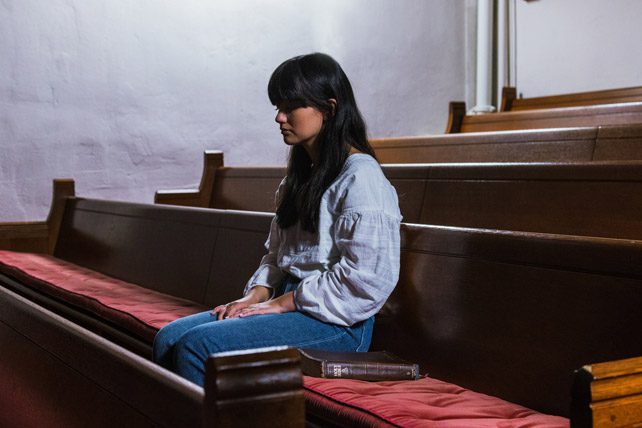Within the American evangelical tradition, marriage has always been a high priority—a life stage every Christian should certainly strive to reach. The expectation placed upon young women and man can be subtle and indirect or overt and demonstrative, but at the end of the day it’s clear: they should marry, and soon.
At 27, I married “late” by the standards of my parents’ generation. So I personally experienced the indirect comments from the older women passing me on my way into church service. They often led with a compliment of sorts: “Mija, you’re too pretty to still be single.” Some were more direct: “You keep praying for the Lord to bring your Boaz. I’m sure he has a wonderful husband lined up for you, but don’t stop praying.”
I was even given books about praying for my future husband—which I hesitate to admit, considering I wrote a devotional about prayer for your future husband. (Please don’t give a copy to a single person you merely hope gets married one day soon.)
As much as the commonly held expectation for people to marry is forced upon Christians, demographical shifts are showing that there is a widening gap between the expectation and the reality. Oftentimes, we envision a single person as someone who is young and still searching for a partner. Not only are these assumptions overly narrow and often insulting to single people, but they are no longer true for a large number of people in our churches. Based on recent studies, over 40% of Christians in America are single and between the ages of 30 to 49.
It’s time we start correcting our own assumptions about singleness. Society has gotten better about not making single people feel like outcasts. This is a mentality shift we need to adopt in the church as well.
I genuinely believe that most of us don’t intentionally make single people feel this way, but the language we use and systems we put in place speak volumes.
Changing Systems Within the Church
A great way to not isolate single people is by beginning to think of them as a large demographic within your congregation, rather than a small group of people going through a short or transitional phase of life.
There are any number of reasons a person can be single, whether it’s an active choice for them or not. Some people within our churches are single due to divorce, the death of a spouse, wanting to be married but not having found the right person, or choosing singleness as their preference. The reason a person is single shouldn’t change the effort or intention we put into making them feel like they belong.
And we do need to start being intentional about making them feel included.
Oftentimes, we don’t even realize all the ways we alienate the single people in our midst. For example, sermon illustrations from preachers often stick to general categories like married, young adults, students, or parents. A single person might not fit into any of these categories, so leaders and teachers need to be aware of the large segment within their congregation that will often feel isolated because they simply aren’t thought about in sermons or Bible studies.
We should also think more intentionally about the small groups offered by our churches. Small group offerings are often categorized by marriage, parenting, and young adult groups. But again, single people between the ages of 30 and 49 don’t fit into these life categories.

